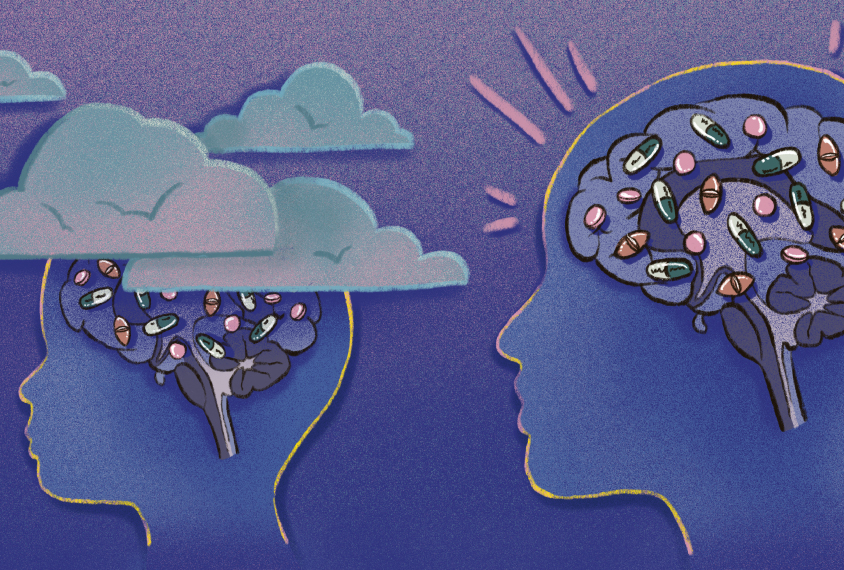Jeremy Veenstra-VanderWeele uses molecular and translational neuroscience research tools in the pursuit of new treatments for autism.
Jeremy Veenstra-VanderWeele
From this contributor
Why serotonin medications may yet help children with autism
A class of medications used to treat obsessive-compulsive disorder seems to ease compulsive behaviors in adults with autism. Why can't we tell if these medications work similarly in children with the condition?

Why serotonin medications may yet help children with autism
How to evaluate new medications for autism
There are no available medications for treating autism’s core symptoms, but there are several candidates in clinical trials. Jeremy Veenstra-VanderWeele describes the factors researchers must take into account when developing drugs for the disorder.

How to evaluate new medications for autism
Explore more from The Transmitter
The Transmitter’s most-read neuroscience book excerpts of 2025
Books by Nachum Ulanovsky, Nicole Rust, and Andrew Iwaniuk and Georg Striedter made the list of some of the year's most engaging neuroscience titles.

The Transmitter’s most-read neuroscience book excerpts of 2025
Books by Nachum Ulanovsky, Nicole Rust, and Andrew Iwaniuk and Georg Striedter made the list of some of the year's most engaging neuroscience titles.
Neuroscience’s leaders, legacies and rising stars of 2025
Here are seven stories from the past year about some of the field’s most engaging figures.

Neuroscience’s leaders, legacies and rising stars of 2025
Here are seven stories from the past year about some of the field’s most engaging figures.
The Transmitter’s top news articles of 2025
Check out some of our most-read stories, covering neuroscience funding and policy changes in the United States, and methodological issues in high-profile neuroscience papers.

The Transmitter’s top news articles of 2025
Check out some of our most-read stories, covering neuroscience funding and policy changes in the United States, and methodological issues in high-profile neuroscience papers.